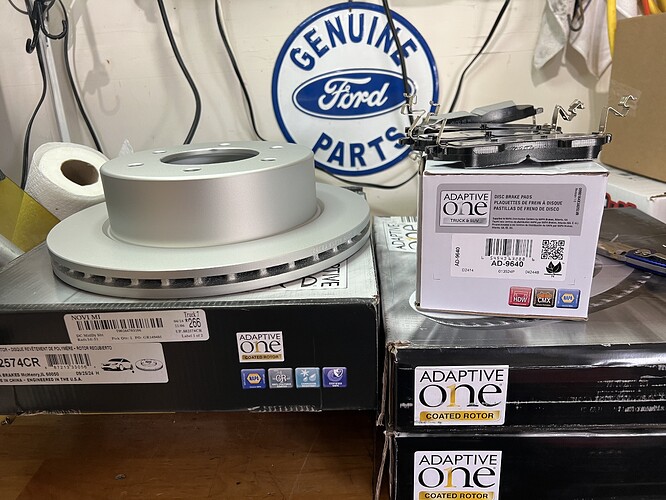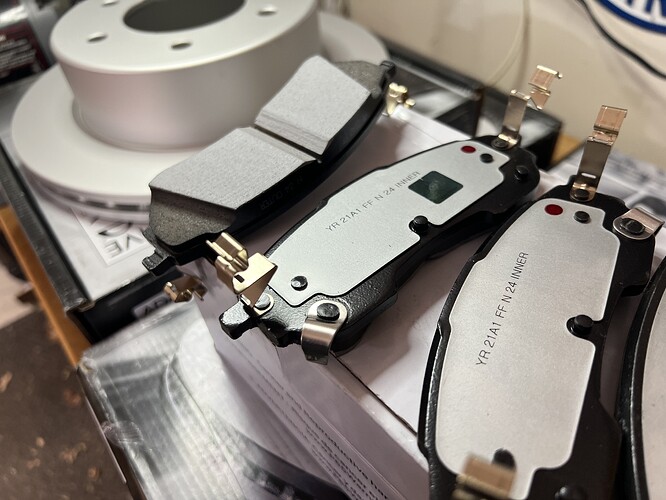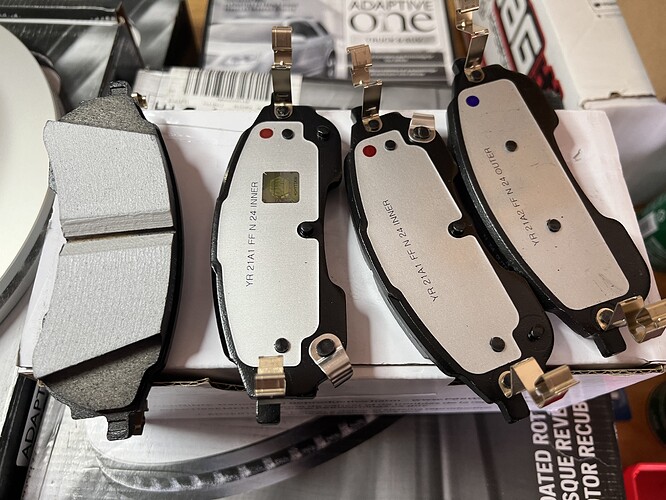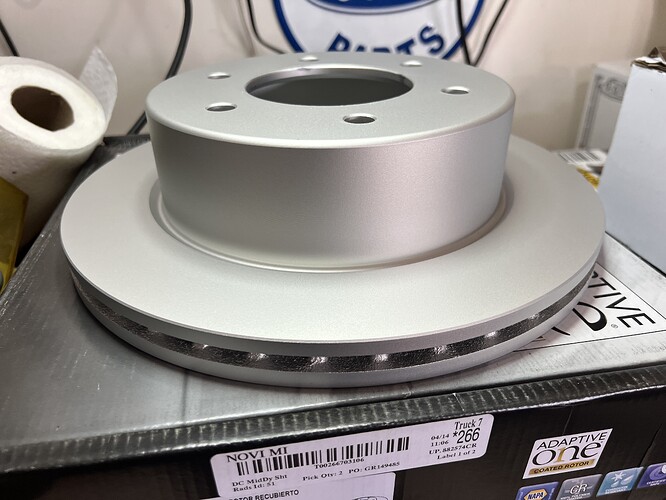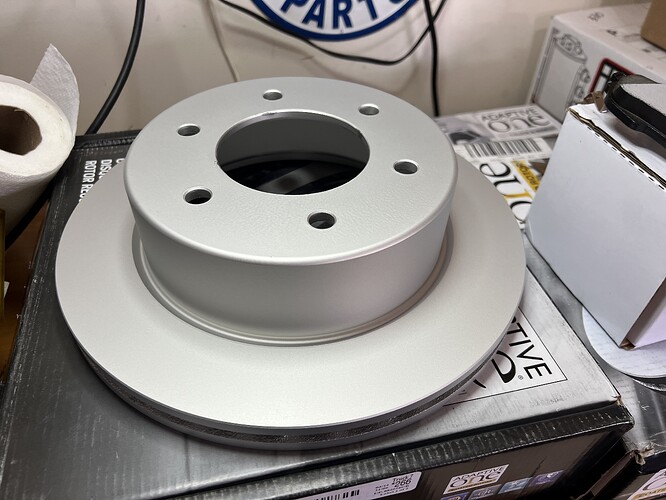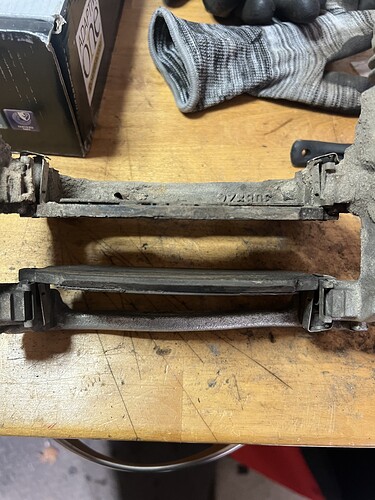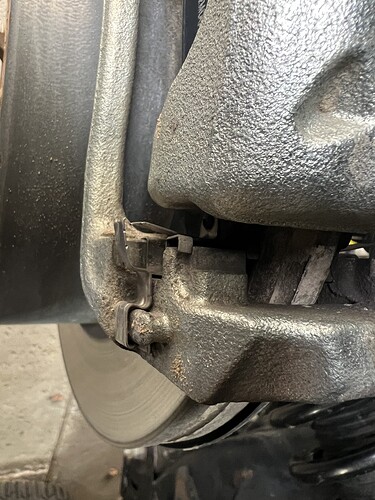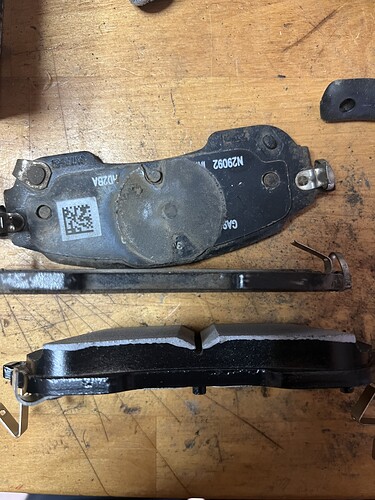I am doing my brakes at 52k. They are squeaky and it sounds like the wear indicators are starting to make noise. These are some nice looking components . I will review the setup, the install and review the performance as I get them installed and on the road. They are about 30% more than the OEM or “Better” quality NAPA parts ($650 w/20% discount).
Why replace the rotors? Stock rotors unless you let the pads go and they damage the surface should last 100k+.
I just wanted to do it once. I liked the coating and wanted the pads and rotors to bed together.
Well at the very least since you are removing the rotors you can slather on some anti-seize on the hubs so next time you want to swap its easy peasy.
I also have wheel spacers that I want to anti seize. I am going to pull the caliper slide pins and clean and grease them as well. I have never had a vehicle that spent so much time in the water. Adding the braking for trail turn assist (I used it all day Saturday and on every trail ride we did this fall and winter) and it the brakes just get abused. Several people I talked with didn’t get 40k out of their first set of pads.
I got started after work today. I am always slow, so figured I would give myself some extra time. I am glad I bought rotors, the rears (so far) were metal on metal and the driver’s side was definitely scored. The hardware actually failed on the driver’s side. The pads looked fine 10k miles ago, I should have pulled them apart and checked I guess. More to come, but so far so good.
Was the damage on the inside pad side? The slider brakes tend to unevenly wear when “abused”. I used to track a Focus ST back in the day and the inner pads would wear out 50% faster than the outer ones.
Basically to me it seems like under heavy braking that the piston side pad (inner side) is doing most of the work, the slider and outer pad help, but think of the forces.
You’ve got the piston which moves, that directly pushes a pad against the rotor, while this is happening there is a force transferred from the inner pad to the rotor and then the rotor against the outer pad. Nothing really pushes on the outer pad, its basically being dragged against the rotor due to the rotor being pushed into it. If you think about that you’ll understand why the inner pads especially under fast pison hits and max pressures will wear a lot faster.
The wear was pretty even, but who knows how long one side might have been metal on metal. I assume trail turn assist is why the rears wear so fast. So far the fronts are bedded and clear and the rears have barely been activated. I followed the bedding procedure fairly closely.
Well I don’t have to worry about Trail Turn assist on my Bronco, stick shift, so I don’t have the feature, LOL.
After about 5K miles I have to say the upgraded NAPA pads and rotors are holding up great. They have slightly better initial pedal feel and they are stronger/more assured stopping in heavy braking situations. Not a huge difference, but worth the extra $ in my experience.
